If you are a member of a cleanup crew after wildfires, you might not realize how dangerous your job is. Your employer must identify and evaluate the hazards, and address any unhealthy or unsafe conditions. Your employer must also provide instructions and safety training.
Did you know that, even after being extinguished, wildfires can continue to smolder in dust, wood splinters or debris, and new fires can erupt upon the introduction of oxygen, fuel or flammable material?
Persisting hazards of which to be aware
Asphyxiating, flammable or toxic vapors or gases from fires could persist under debris and in enclosed spaces. Along with that comes an endless list of additional hazards, including the following:
- Electricity: Electrical injuries and deaths can occur after the re-energizing of power lines.
- Generators: Employers should consult with the utility provider before connecting a generator to the wiring system of a building.
- Flooded buildings: Never enter flooded buildings or areas with standing water before de-energizing electricity.
- Flammable Gases: Fires can damage tanks and pipes that contained combustible gases, and leaks could cause death.
- Unstable Structures: Structural damage from fires can cause unexpected collapses. Assume that all roofs, elevated floors and stairs are unsafe until checked.
- Demolition: Demolition or dismantling activities causes risks of falling objects, unexpected collapse and exposure to hazardous materials if utility damage occurs.
- Excavations: Risks include striking underground utility lines, such as electric, sewer, natural gas and communication lines. Cave-ins, falling materials or falling equipment are additional hazards if you work in a trench.
- Haulage Vehicles: Operators, pedestrians and nearby workers must be aware of each other during cleanup operations.
- Tree Work: Removal, trimming and felling of damaged and fallen trees and bushes pose a variety of hazards.
- Ash, Soot and Dust: The inhalation of dust, ash and soot can irritate and damage your lungs.
- Carbon Monoxide Poisoning: Pressure washers, generators and pumps that are diesel- or gasoline-powered generate tasteless, colorless and odorless, potentially lethal carbon monoxide gas.
- Confined Spaces: Silos, manholes, pits, tanks and crawl spaces pose life-threatening dangers. Hazards include unguarded moving machinery, electrocutions, asphyxiation and toxic gases.
- Asbestos: Older fire-damaged buildings might have asbestos-containing flooring, roofing materials, insulation and more that can cause lung cancer.
- Hazardous Substances: Residential and commercial buildings could have synthetics like plastics, asphalt shingles, adhesives, treated wood and metals that could become hazardous when it burns.
- Heat Illness: Frequent rest breaks, drinking water and access to cool, shaded areas are crucial to prevent heat illness.
Considering the number of hazards you face, it is not surprising that workplace injuries are par for the course during cleanup operations. If you are the victim, you can utilize the skills of an experienced workers’ compensation attorney to help you with the navigation of a workers’ compensation claim. Benefits might cover your medical expenses, along with a portion of lost wages.


